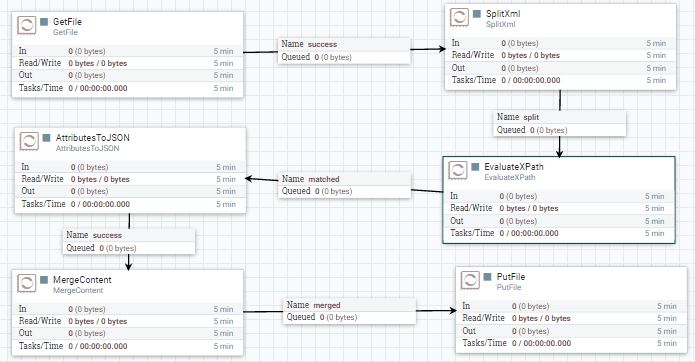

👉 How to access the "view prompt template source" feature in AIPRM Return json.Are you struggling to learn from the amazing prompt templates in AIPRM? Do you want to know how to view the prompt source code and learn from the best prompts? Look no further! In this video, we will show you how to use the "view prompt template source" feature in AIPRM to learn from the most successful prompts. If values is None: # if None, add empty tag with name If isinstance(values, list): # if list of elements. Raise Exception("Name attribute can't be empty.")Įxcept (AttributeError, TypeError) as ex: Raise Exception("Attributes must be an expected type, but was. If not isinstance(item, (str, XmlElement, list, set, tuple)): Raise Exception("Dictionary type is not supported.") """ Convert a class object and its members to XML.Įach class member is treated as a tag to the current XML-element.Įach member object is treated as a new sub-element.Įach 'list' member is treated as a new list tag. If not callable(getattr(obj, attr)) and \ Get class members other than functions and private members. _TEXT = None # Text description of the class if available.ĭef get_members(obj: object) -> List: _NAME = None # Name of the Class that you want to appear in the XML.

""" All classes must be drived from the following base class. The following is the code snippet to convert a class object into the desired output format. In the above example, we want to export the class Person to an XML string. Let's assume we have a few classes that inherit each other in the following fashion. Following is the use case for which the python code is provided. The goal was to simply export class objects with their members and subtypes to XML. I was looking for a way to convert my class objects to an XML string with the same level of hierarchy. Type conversion in programming languages is one of the crucial things that we need from time to time.


 0 kommentar(er)
0 kommentar(er)
